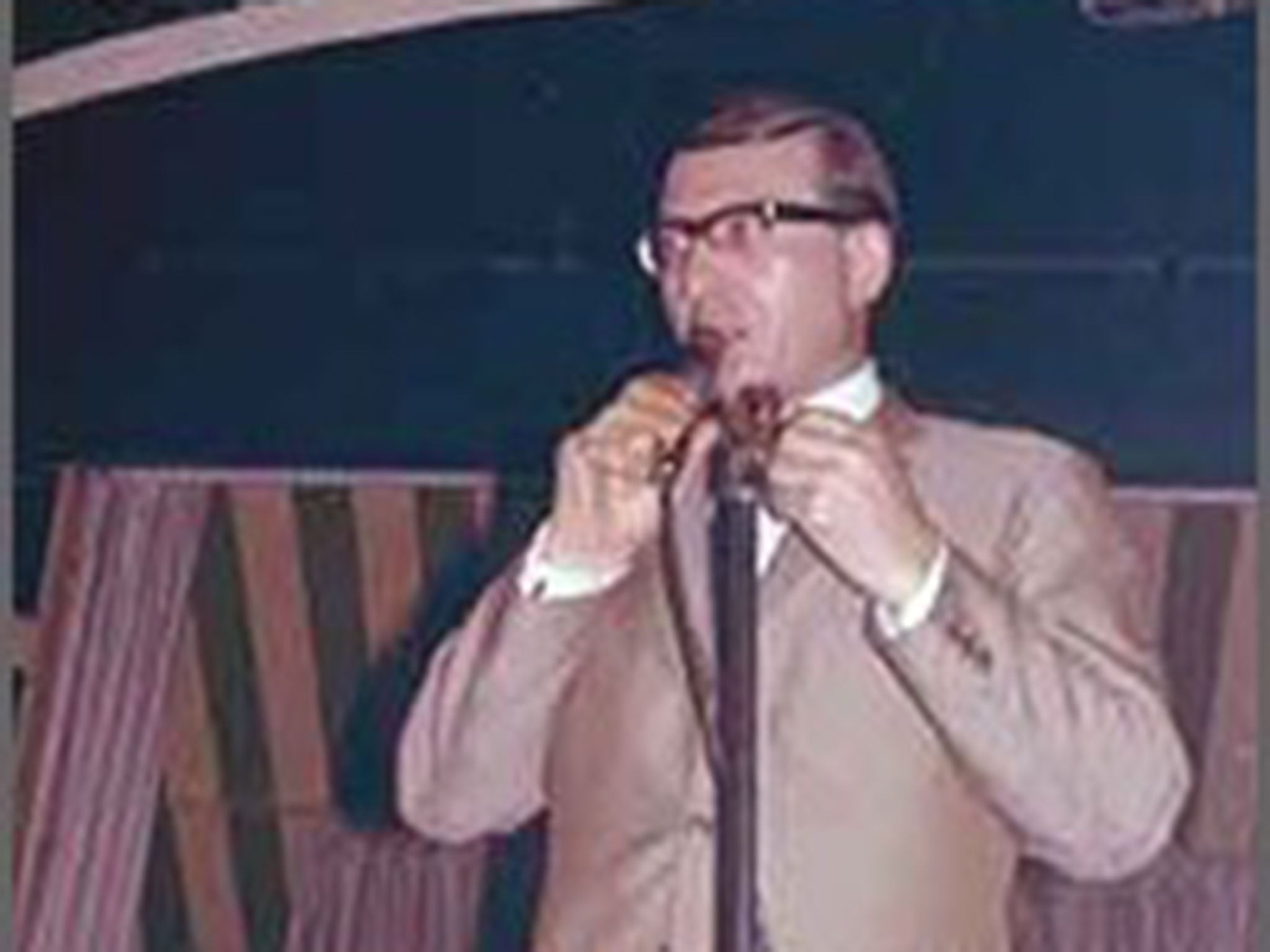Journalist and manager who helped make the Marquee Club in Soho the epicentre of British rock in the 1960s

Many of the rock musicians who came out of the British Isles in the mid-1960s to conquer the world first achieved notoriety at the Marquee Club, which was then located at 90 Wardour Street in Soho. With its striped canopy, transferred from its original premises in Oxford Street, where the jazz-loving accountant Harold Pendleton had established the club in 1958, the Marquee helped launch the careers of groups like the Moody Blues, The Who and Free as well as performers such as Al Stewart, Elton John and David Bowie.
Club secretary-turned-manager, John Gee was a pivotal part of the team who made the Marquee “the most important venue in the history of pop music,” according to Melody Maker. Like Pendleton, Gee was a jazz buff, but was able to tap into the blues boom and progressive rock genres that dominated the late 1960s.
In particular, he championed groups like Ten Years After, writing the liner notes for their eponymous 1967 debut – “bloody marvellous” – and Jethro Tull, who named the jazz-flavoured instrumental B-side of their second single, “A Song For Jeffrey”, “One For John Gee”.
Born in East London, he was an only child who spent his early teenage years in Berkhamsted, near the RAF base where his father was stationed. He did his National Service in the RAF and retained an officer-like demeanour apparent in his approach to introducing the acts at the Marquee. He worked for the dance bands led by Ambrose and Ted Heath, tour-managing and handling their publicity, and began writing for various publications including Jazz News – which was owned by Harold Pendleton, who brought him to the Marquee. He booked acts and wrote the club’s newsletter as well as the programmes for the National Jazz and Blues Festival, the forerunner of the Reading Festival.
“John Gee loved Frank Sinatra, especially the Sinatra At The Sands album he recorded with the Count Basie Orchestra,” recalled Chris Wright, co-founder of Chrysalis Records. In 1967 he was managing Ten Years After: “He was blown away by their version of ‘Woodchopper’s Ball’, a Woody Herman number. The group went down a storm at the Marquee and soon after John was on the phone offering us a weekly residency, quite an accolade at the time.”
A rather strict and staid figure with a dry sense of humour, Gee insisted that bands should be in their dressing room 15 minutes before they were due on stage, not an easy task since the Marquee didn’t have an alcohol licence until 1970, and musicians tended to linger at La Chasse, the nearby drinking club run by Jack Barrie, who replaced him as manager that year. He took on a new role in the London offices of Radio Luxembourg, staying until the station stopped its English-language transmission in 1992. He spent the last two decades in quiet retirement.
PIERRE PERRONE
John Gee, club manager, journalist and publicist: born London 27 October 1927; died London 14 June 2014.
Subscribe to Independent Premium to bookmark this article
Want to bookmark your favourite articles and stories to read or reference later? Start your Independent Premium subscription today.

Join our commenting forum
Join thought-provoking conversations, follow other Independent readers and see their replies